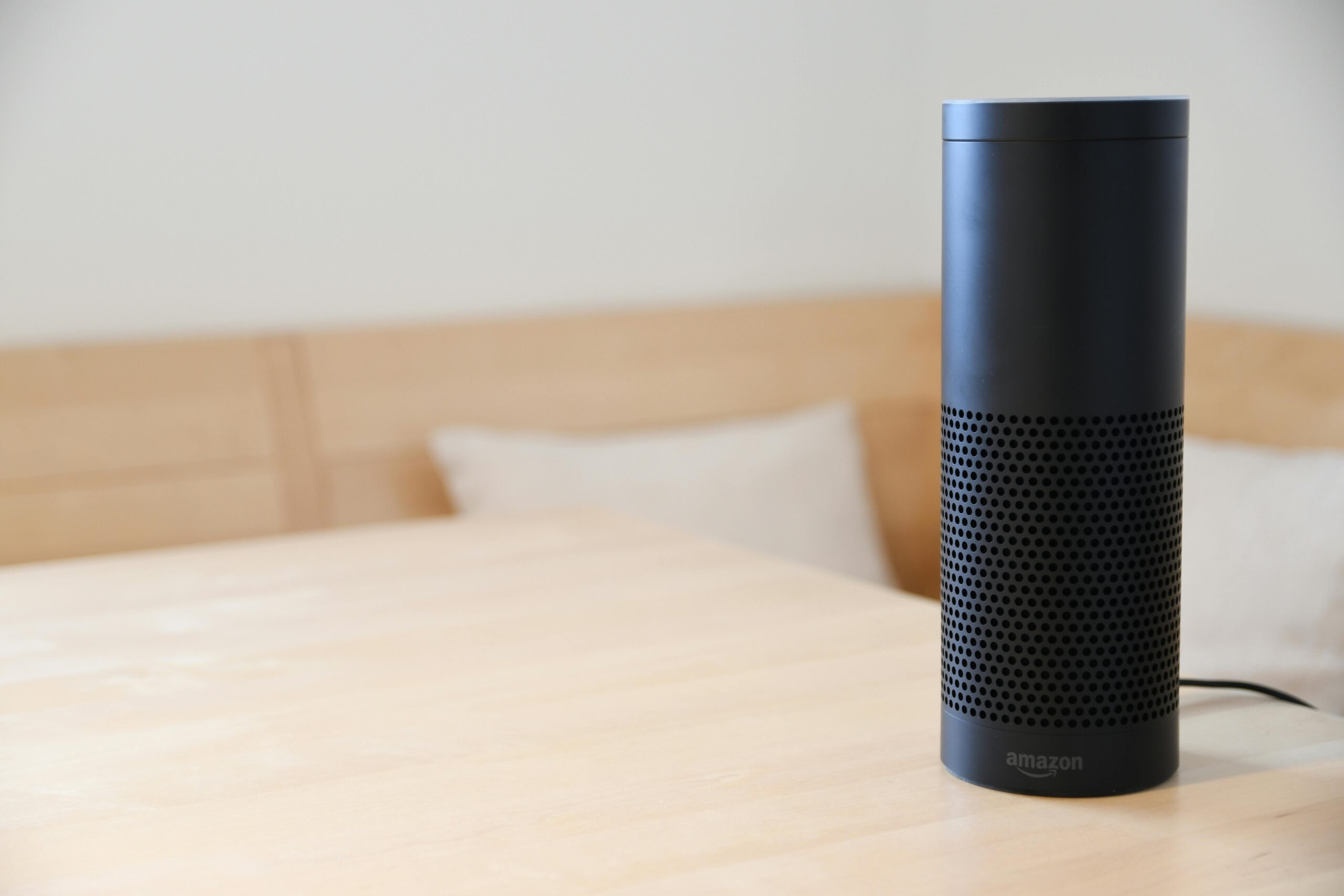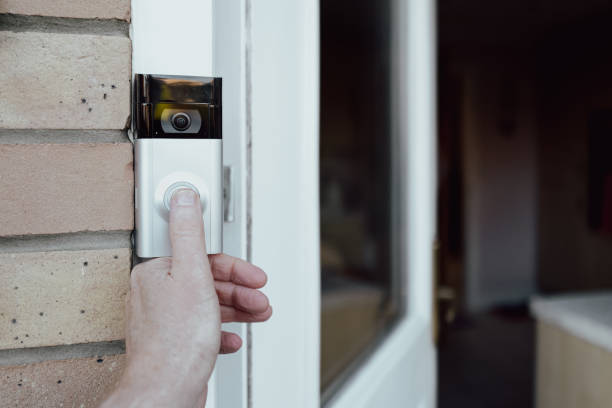In today’s fast-paced world, creating a connected and efficient living space is more attainable than ever, thanks to the burgeoning smart home industry. Smart home devices promise not only to enhance our daily lives by adding convenience and security but also to save energy and reduce costs. This ultimate guide aims to explore the essentials of smart home devices, helping you make informed decisions about which devices are right for you and your home.
What are Smart Home Devices?
Smart home devices are electronic gadgets designed to automate and enhance the functionality of various aspects of your home. These devices connect to the internet and can be controlled remotely via your smartphone, a centralised hub, or voice commands, thanks to smart assistants like Alexa, Google Assistant, and Siri.
Key Categories of Smart Home Devices
- Smart Lighting: This is often the entry point into smart homes, thanks to its simplicity and immediate impact. Control brightness, colour, and schedules from your phone, or integrate with motion sensors for hands-free activation.
- Smart Thermostats: These devices help optimise your energy usage by learning your patterns and adjusting temperature settings accordingly. Imagine a home that cools down just before you arrive after a hot day.
- Smart Security Systems: From cameras and video doorbells to smart locks and motion detectors, these devices provide peace of mind by keeping your home safe and secure, with real-time alerts sent straight to your phone.
- Smart Speakers and Displays: More than just for playing music, these devices act as the central hub for your smart home, integrating with other devices and providing voice-controlled convenience.
- Smart Home Hubs: If you have multiple smart devices, a hub serves as the command centre, allowing different platforms to communicate with each other seamlessly.
- Smart Appliances: From fridges that let you see inside without opening the door, to washing machines that know the perfect wash cycle for your clothes, smart appliances make everyday tasks simpler.

Setting Up Your Smart Home
Start Small: If you’re new to smart homes, begin by focusing on one area, such as smart lighting or security, before expanding.
Compatibility: Ensure all your devices can work together, especially if you’re using different brands. Opt for devices that support common protocols like Wi-Fi, Zigbee, or Z-Wave.
Security: Protect your smart home by using strong, unique passwords, and ensure your Wi-Fi network is secure. Regularly update devices to the latest software versions to guard against vulnerabilities.
Benefits
- Convenience: Automate daily tasks and control your home even when you’re away.
- Energy Efficiency: Smart devices help reduce energy consumption by optimising usage.
- Security: Real-time monitoring and alerts keep your home safe.
- Cost Savings: Over time, the efficiency and savings on utilities can offset the initial investment in smart devices.
Conclusion
Incorporating smart home devices into your living space can significantly enhance your quality of life, offering greater efficiency, security, and even cost savings. With the right approach and devices suited to your individual needs, the smart home of the future is well within your grasp.
Welcome to the future, your home just got a lot smarter!


Leave a Reply